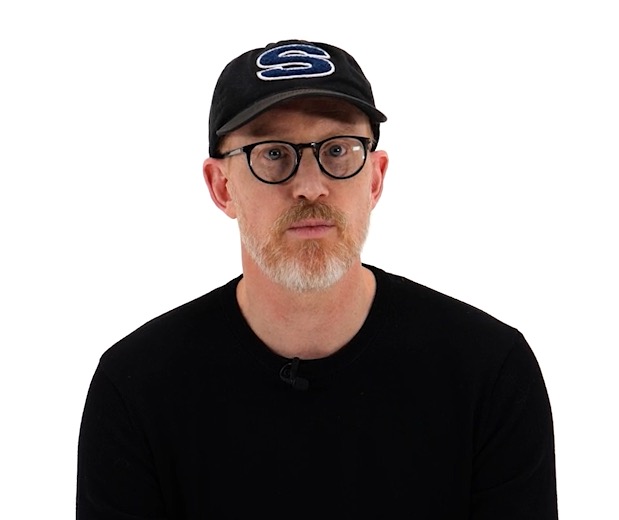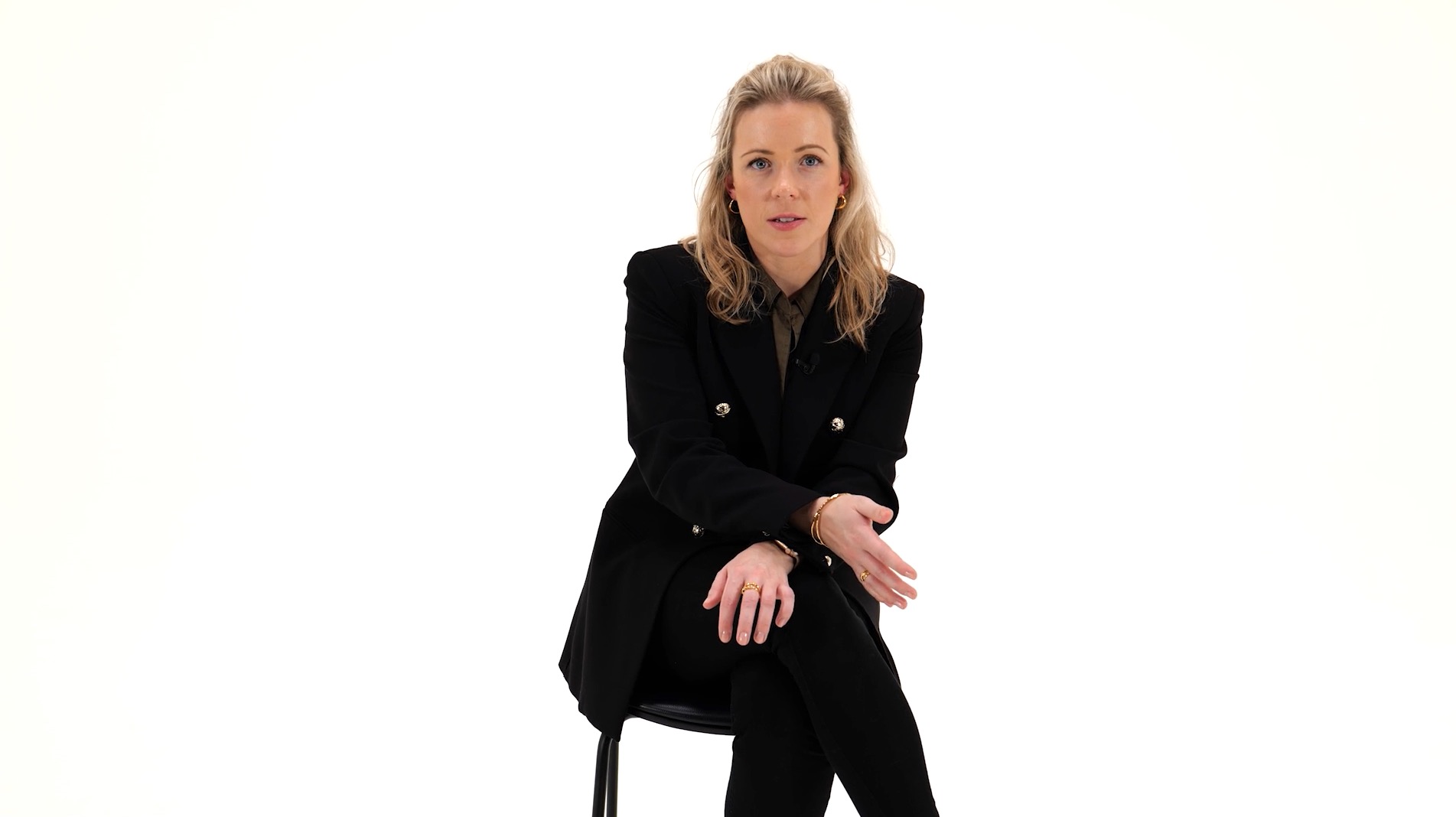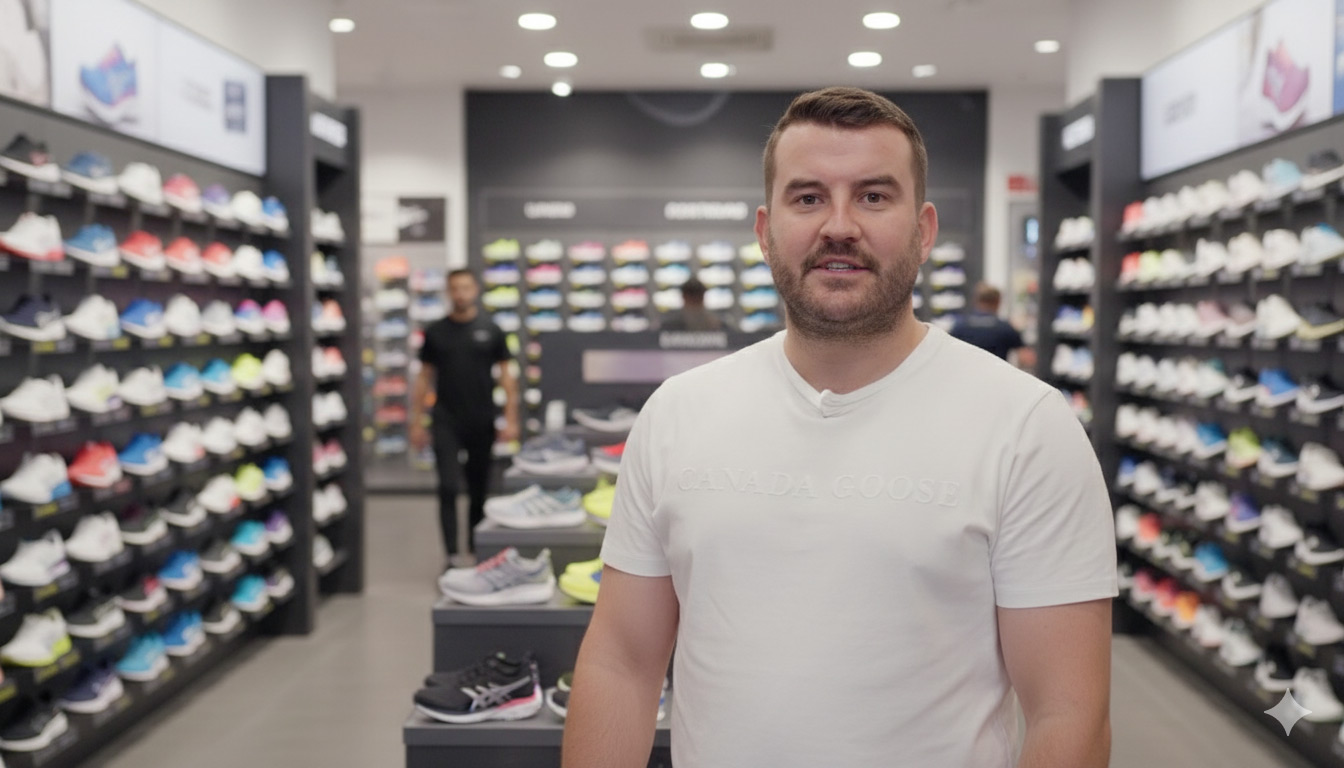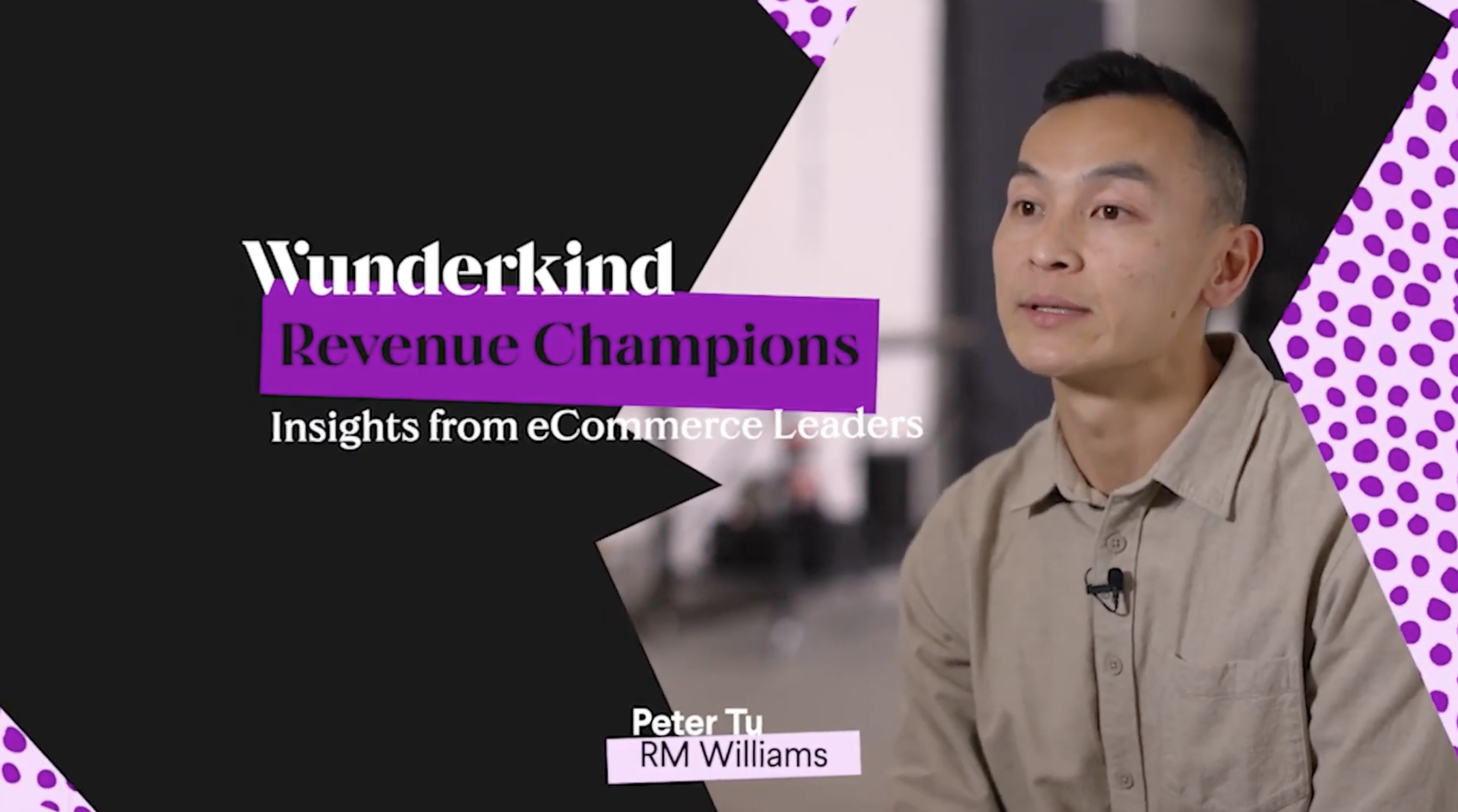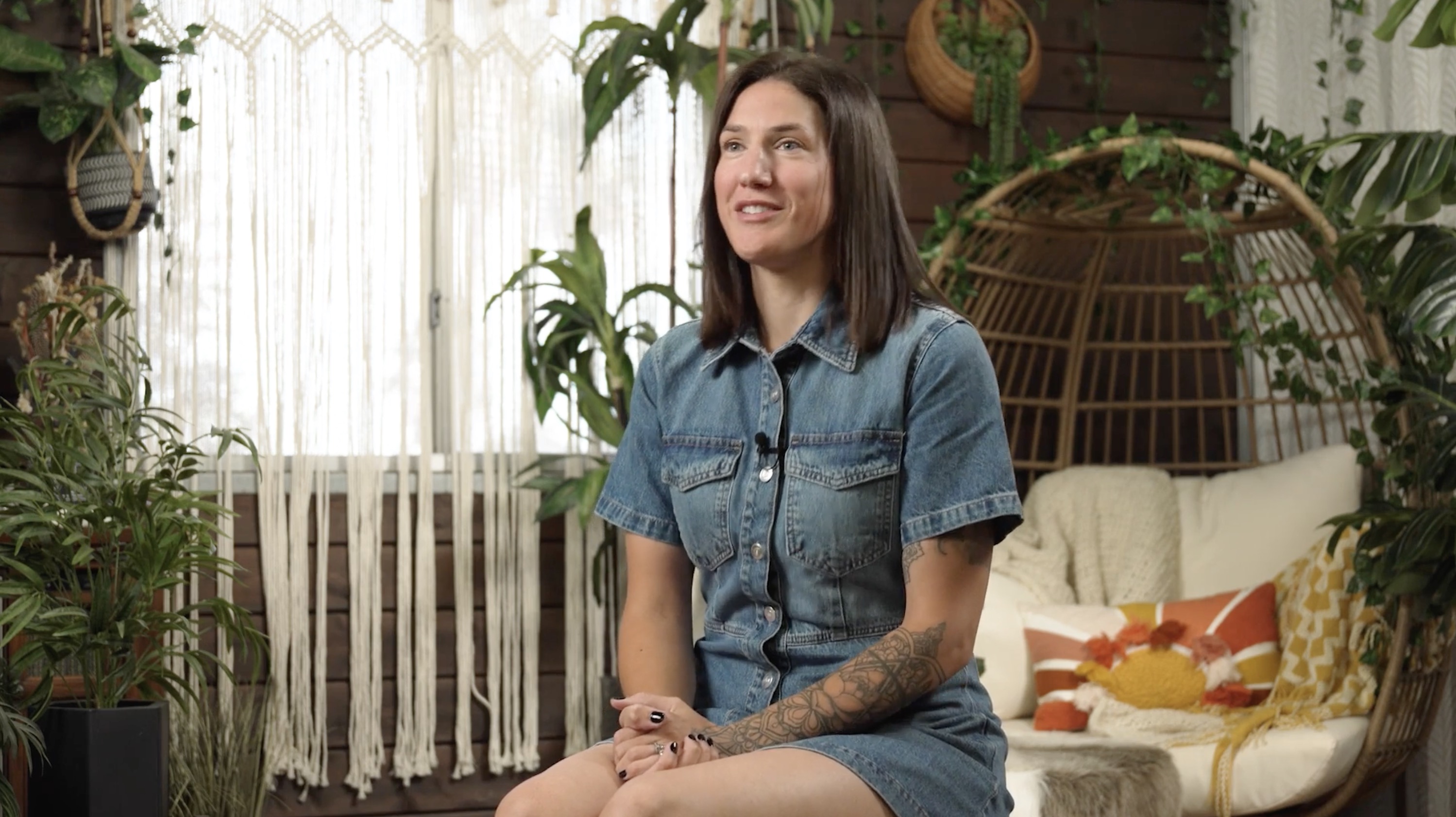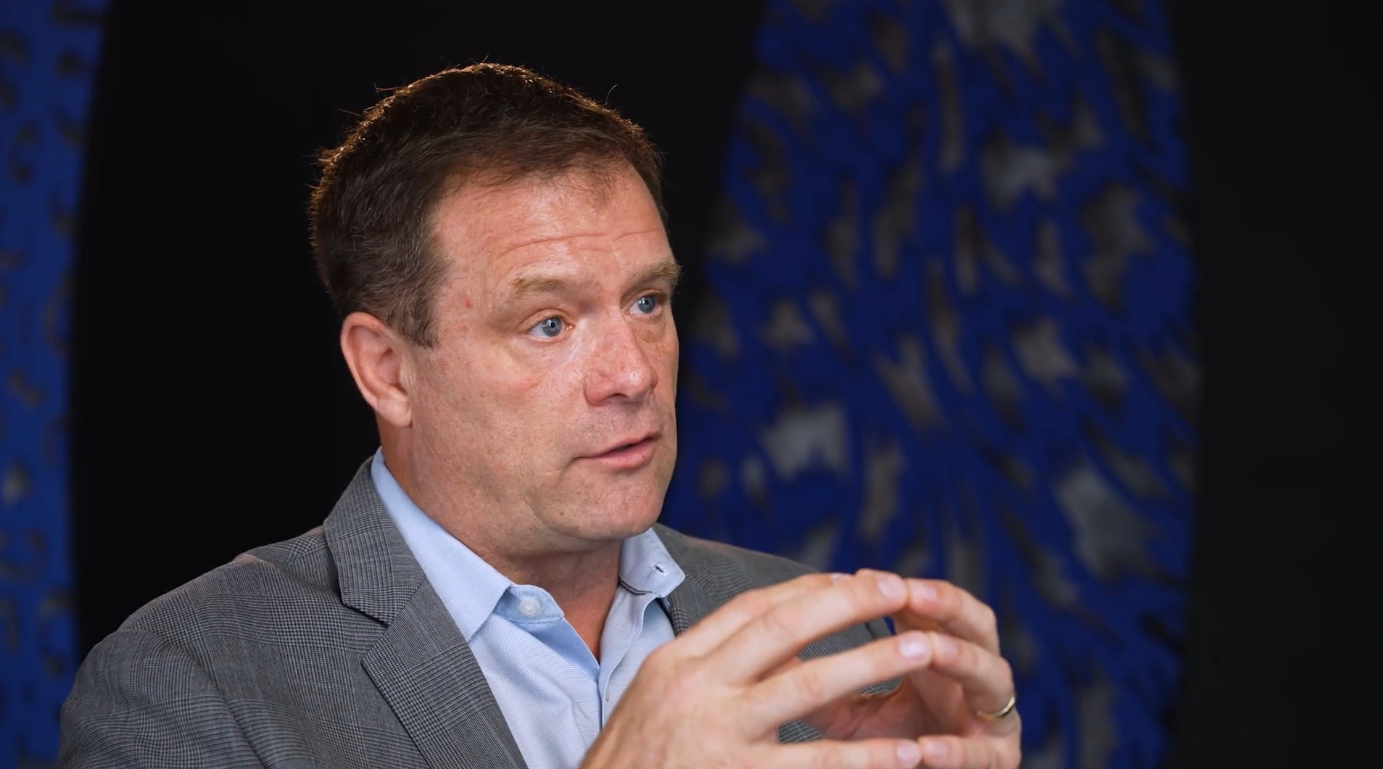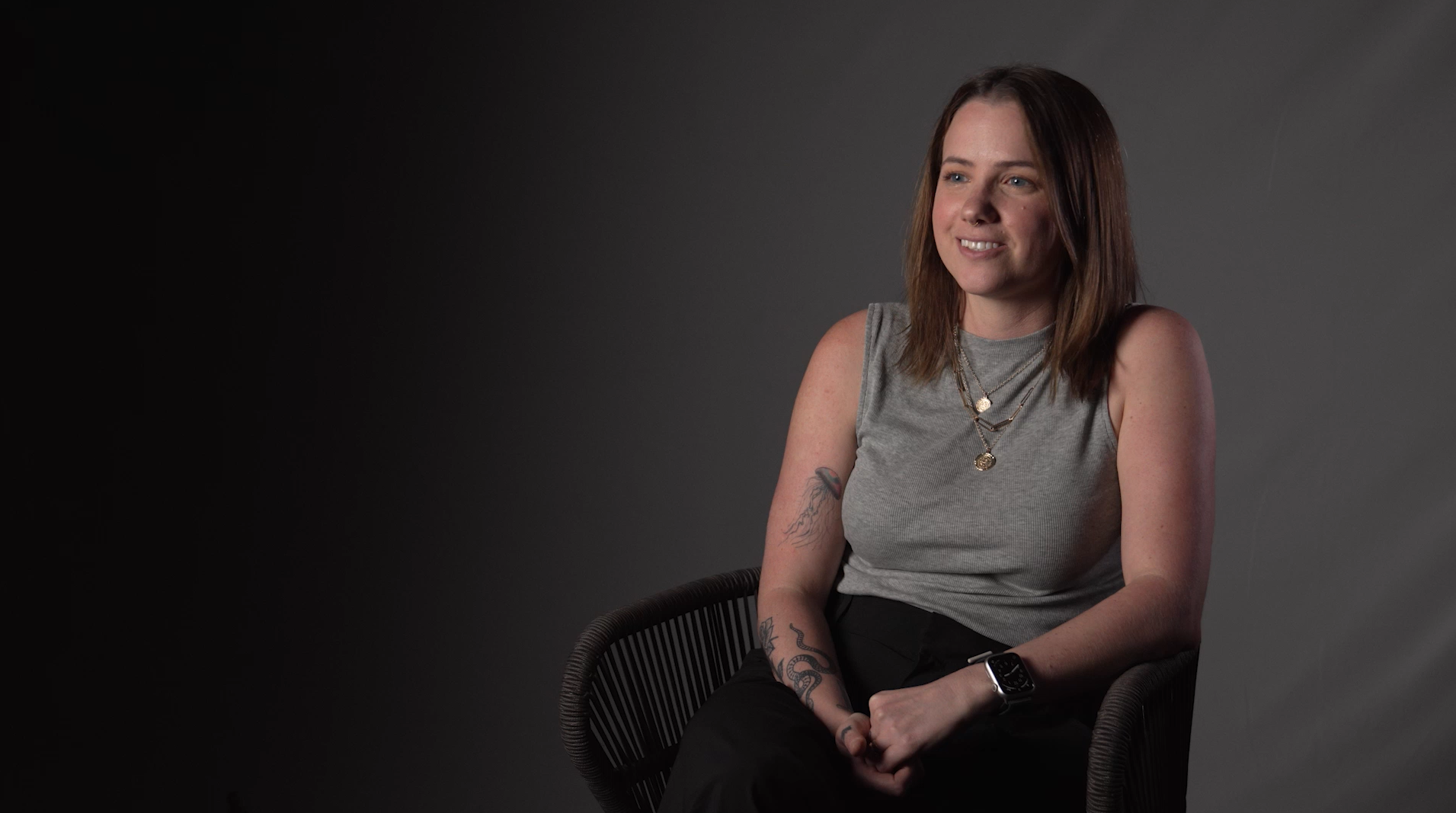Kurt Geiger Explores 'Build v Buy', Wunderkind Smashes In-House Email Revenue Solution
- 0.5
- 1
- 1.25
- 1.5
- 1.75
- 2
Gareth Rees-John: Gareth Rees-John. I'm the Chief Digital Officer at Kurt Geiger. Kurt Geiger is an affordable luxury handbags and accessory brand, primarily used to be focused on the UK. In the last five years, we've gone to a more global footprint, two main house brands, Kurt Geiger London, which is our global international brand, and Carvela, which is more of a legacy high street UK brand, and then we have a third shopfront if you like, or fascia called Shoeaholics, which is our outlet brand. From a distribution point of view, we have all the normal distribution, I guess. We have a wholesale distribution outside the UK, primarily in the US, but also in Latin America and the Middle East and further afield as well. We have a distributed department store business, which would be done in the old traditional model from that point of view, and then we have a D2C business. In the UK, it's about 50% shops, 50% online, and then in the US 100% online because we haven't got any standalone shops yet. It's a long story, Wunderkind really. I think we've all had CRM systems for a long time. We've all sort of had smaller abandoned browse, abandoned basket technologies perhaps where maybe five or 10 years ago there was this great technology where you could email somebody if they'd left something on your bag or email them when they'd looked at something on your website, and we've been running that for a while, but as we became increasingly complex with numbers of different domains, different territories, different languages, those campaigns became very simplistic. And what they often did is the old technology is that you buy a washing machine on Amazon and then they re- target you with washing machines for the next three weeks, and it's totally unpersonalized. They become irrelevant and therefore over time they just degrade in their performance. So, I was looking for a solution to that, but alongside that also, there was a couple of other things that I needed to do for the business. The first is, as growing business, we wanted to grow our email base. 90% of our customers in new markets were new customers, as you'd expect because we're a new brand, and we were capturing not enough of that first- party data. And the first- party data was key to me as well, two or three years ago with all the Metaverse and all that sort of balloon that rose and didn't pop, but sort of hovered where it was, first- party data becoming increasingly the lifeblood really of any business and a one- to- one relationship with the consumer meant that I needed more data on that consumer. My traditional CRM campaigns that I was running was just not capturing enough of that data from people. So. I was looking out there really for solutions, for personalization, data capture, and journey capture for abandon browse and abandon basket. I think the thing that stood out for me about Wunderkind was two things, I guess. The first thing is their knowledge graph or ID technology, which is their secret sauce. They purported, because I hadn't done business with them at that time, that they could identify many, many more users when they arrived at the site, giving more personalized interactions. So for instance, at the moment you come to the site and you sign up for your 10% email, Wunderkind were like, " Well, we will tell you more people who have already done that, so you don't have to interrupt that journey for them." You can make them have an easy flow journey as they come onto the site, not show them pop- ups if that's not necessary, and therefore making the pop- ups that you do show more effective. So, I think that that was the first thing, and then the other thing that really rang true with Wunderkind was their simple ROI model. They just said, " Look, you've got an abandoned browse, abandoned basket campaign, let's have a look at what it's delivering. Let's see what we think we can deliver. We can deliver a minimum of this. Try us out for 12 weeks. If we don't beat it, then we'll be surprised, and that's really refreshing in a lot of ways because it was fairly simple to implement, tick. They had a really strong ROI model, tick, and they had a pilot or demo period where I could really clearly measure the maths because it wasn't, " Oh, well, we think it's doing well." It's like, " Well, the math says X, we'll put it in. If the math says X plus Y, then happy days. If it doesn't, we failed." And they had a lot of confidence in their ability to deliver it, otherwise they wouldn't put it in. What surprised me about Wunderkind is how fast they beat their ROI model. So, very rapidly it was evident that the abandoned browse, abandoned basket campaigns were delivering far in excess of the revenues that we had previously, and much better than the base case solution for the ROI model, so that straight was a tick. So, we put it onto our America site and we saw those abandoned browse, abandoned basket revenues from our automated campaigns within CRM, through our own CRM tools, double, and just keep increasing in number all the time. I guess the surprise to me and the bit that wasn't really sold as well, but one of the reasons why I signed the contract was on that email capture rate. So, we were capturing 5, 000 emails a week in the US. We put the Wunderkind technology in, we captured 10, 000 a week right out the doors, and that has never slowed. So, it doubled our email capture rate, so that first- party data capture piece then fed into abandoned browse, abandoned basket was a real two- way win for me. And then what happened very quickly after that is we got ourselves together with this new data, we've got all this first- party data, we've got better journeys for our consumers. Can we utilize this data in other places? So, then we started to use that data in our paid media campaigns to fuel that whole efficiency. So, we weren't having to use paid media to target these people, and then they were coming to the site, then we were getting their email address. So, what it allowed me to do in an emerging market was be more confident in pushing my marketing up the funnel. Previously, I might be just on like, "All right, CPM, we think it's okay, but is it really revenue driving?" But what we were using in the mid- funnel was the email capture rate as a KPI for mid- funnel, which allowed me to keep feeding the top of the funnel and build efficiency into my marketing. That was just one part actually that we realized in the efficiency in marketing that the tool gave us, that wasn't part of the sales pitch. So, if I was just looking at straight off, did it deliver on ROI, on abandoned browse, abandoned basket? It did that, but actually there was a couple of extras that I almost got for free, so it was great. The key advice on the value of data is not to be underestimated, but that sounds glib because we all talk about data and data's important, but what data can I have and what can I actually utilize it for? So, first- party data we know with the cookie going is going to be more and more crucial. First- party data is going to be more and more crucial as customers expect more about their relationship with the brand. We've only have to look at the news at the moment to look at how many distributors of other people's brands are coming a bit unstuck at the moment, and people are oscillating towards a brand relationship. The brand relationship can only be enriched by data. So, first- party data as we talk about it and email address, yeah, it's one aspect of first- party data, but once you've got that and then you've got abandoned browse, abandoned basket, time to site, other factors that you can weave into that to build into your marketing, that sort of is an engine that keeps fueling itself, beyond the pure ROI of it because you have to look at it in my mind in a really blended view. There's no point these days looking at in- channel ROI in your marketing. We're all bored of attribution modeling and we can make the CFO believe whatever he wants to believe by whichever attribution model you want to put in. You put that all aside and say, " What's the blended view here? What's my new customer rate? What's my returning customer rate? What do I know about these customers? How am I optimizing conversion? Not by changing buttons from red to green or changing placement and that's done. How do I change it by utilizing this data I have about this individual and making this experience more relevant to them?" And it is relevant to them because it is actually their data you're using. It's like a fair data exchange, in my mind. That's the new thing. There used to be an unfair data exchange where you'd give all your data and then somebody would sell it to somebody else. With brands, you can do a more fair data exchange where you say, " Give me some data," and without you even noticing, and that's the key really, your brand experience will be richer. We've got a really talented set of engineers. I'm really lucky to work with 30 in- house software engineers who can build anything, put their mind to something and they can do it and they love doing it. And they're software engineers, so they like to build stuff, right? So, we'd bought Wunderkind as a shortcut for one thing, which was the things that I talked about, the aspects of delivering that at pace. Then, the engineers look at me and say, " I've got it on two of my sites. I've got it on Kurt Geiger London in the UK, I've got it on Kurt Geiger US." We look at Shoeaholics, which is our outlet brand, lower margins, therefore your costs are a little bit more scrutinized. The engineers go, " Oh no, you don't need to pay for that. We'll just build it ourselves." I'll go, " Okay, cool. Have a go at it." I'm like, "Why not? You're super smart people." Of course they can build stuff. So, they set about building it and they did build it and it was fine. It did a decent job, but when we put it head- to- head with Wunderkind, which we'll talk about later, the numbers, but there was a clear difference there. So for me, software engineering with a retail company is we're here to be a retail company, not a tech company. Although, us in the technology division always get excited by the tech and we love building tech, but really the tech needs to be built for stuff that you can't buy. And what I mean by that is that you've only got a fixed amount of CapEx. We're not a technology company with all the software engineers just looking at one thing. They've got to look at pulse solutions for stores, they're looking at infrastructure security, backend networking, all these different problems that we've got for the technology department. With 50% of our sales in the UK being online, you've only got a certain amount of CapEx and bandwidth to point those engineers' time and energy out. So, really I'm just trading projects off all the time, like everybody is. If I had an unlimited budget, it'd be great. We'd build everything and it'd be really fun, but I'm having to constantly say, " Okay, what's the best use of this engineering time or money, CapEx spend?" So, when we looked at it, we said, " Okay, let's see if we can build this thing." It took too long to build, the results were worse, and then that's without the maintenance of it. So, nothing is ever built and left, particularly if you're building it in- house, we all know OpEx then just goes up and up to maintain it, the integrations, every time you want to change something, making sure your testing is robust, more things to test. Whereas in this case, what we found very rapidly is that if you off- source that to Wunderkind, not only are the results better, but we haven't got that on cost ongoing or the CapEx spend. Now we could, if I pointed them out and gave them that as a project for the next six months, could they build something almost as good? Probably, and I could have said, " Oh yeah, we built it in- house just as good," but what wouldn't I have done? And therefore I would've wasted all the other opportunities to drive revenue, drive brand experience, enhance that experience for the consumer that my engineers could have been in. So, if I try and say, " How much did it cost us?" What I would say is that time is money. It took us about 40 engineering hours. Now, that's difficult. It could be elephants, it could be however you measure it in sprints, but it took 40 sets of time. We had to fit it in amongst other things. So, of course those 40 hours weren't delivered in a week because it's multiple teams, multiple hours, juggling different projects. So, it probably took us about four months to fit it in and about 40 engineering hours. Now, it doesn't sound like very much, but as we all know, engineering hours are costly. You're talking smart people, doing really smart work for me there. And so, 40 hours is tens of thousands of pounds straight away, out the door, and that's just the setup on CapEx to build, never mind the OpEx afterwards. And that doesn't include any of the front end team's time, so none of the CRM experts, the trading experts, the front ends of production people. That's just purely the software engineers. I think my advice to all brand marketeers would be the same. I was exactly in the same boat as you. It's like, " Why buy stuff when you can build it yourself? And is all that glitters really gold?" I think from my point of view, you always need a really robust ROI model for the base case, and you need to understand the continuation of cost of running things by yourself, often as not budgets are split in different places. So, we're lucky enough in our business that is all one budget and there's only one stakeholder, but in many places there'll be a CMO, a CIO that will be both fighting for that budget. And therefore if the CIO has got all of this variety of tech projects on the roadmap to deliver, then why not do something that's simple on this side that's got a straightforward ROI that might not need a lot of tech workload, which means it's low risk for them, but it's got a great model for the CFO. So, I think lead with the CFO view, lead with the... Will it meet the math requirements minimum or can we say no? And then what extras can I get out as a marketeer that will really help build all my other CFO conversations as I alluded to with the feeding in that first- party data? If I went to my CFO and said, " I've got this great thing and what it's going to give me is leads," that's not going to rub it. But if I can say, " Hey, look, the base model says this will wash its face on ROI because of this, but look at all this that," then I can put into my marketing and I guarantee efficiency, my marketing will go further with this as well.
Lucinda Hagen: My name's Lucinda Hagen. I am the senior CRM and loyalty manager at Kurt Geiger Group, so I look after all of the day- to- day execution, the main stakeholder for our ESP, and also the main stakeholder with the Wunderkind relationship. What we tried to do and replicate from the Wunderkind experience is we built a data capture tool, so entrance to the website, we built out an abandoned basket journey, which was a bit more sophisticated than the one we currently had. We also mimicked the frequency, so the send volume when the onsite data capture would show, and then also the creative treatment. We knew that it had been tested through Wunderkind. So, we thought we would mimic that as much as we possibly could, but still write and relevant for the brand with the Shoeaholics treatment. Well, we always knew we were never going to be able to replicate the identification tool and software that Wunderkind use. We had to kind of pair it back a bit and go, " Okay, well what can we build out internally and sort of look at our own conditions behind it as well?" So, looking at things like haven't made a purchase in the last X months or only show once in a 24- hour period, we could never replicate what Wunderkind could do. So, we understood that from the get- go and it was just a case of, what can we do and what's right for the brand? I think the main thing that we saw with the abandoned cart was that by switching Shoeaholics to a faster API model, we were actually being a bit more accurate than the previous method that we had before. So, we ended up sending less abandoned basket emails, but actually boosted conversion by 67%, but then when we looked at, " Okay, well what did Wunderkind do when we put it onto the US website?" It was like, " Okay, well, actually, not only did we increase the send volume by 147%," but actually conversion lifted by 151%, so a much stronger lift. So for me, the team that I work with all the time at Wunderkind, they kind of feel like an extension of my team. They spot opportunities that I wouldn't necessarily know about, and also they really get our brand and our vision and they'll come to me with ideas from other retailers and we'll brainstorm, and I think that's where the really exciting bits happen. And actually for me, where I see real, true value in Wunderkind, outside of everything that you sell from campaign perspective is actually the bits that you don't really talk about until you get into the nitty- gritty of the company, and we have a loyalty scheme and it's like, " Well, what could we showcase that's bespoke to them?" And it's getting into all the really interesting campaigns that are actually bespoke to our business at no extra cost, but they always deliver for us. When it comes to the volume of data capture, and what we were seeing, what we did with Shoeaholics was, okay, it was good, it worked. It was better than what we had before, but when we look at what Wunderkind delivered, it was much better. It was double than what we were seeing with the lifts that we were seeing onto Shoeaholics. Not only did we see the volume of data surpass with Wunderkind, we actually saw the health and the contactability of the customers that we were getting in and the data we were getting in. It did lift with Shoeaholics, it was about 20%, but actually with Wunderkind it was double that, it was around 40. So, not only were we capturing more data with Wunderkind, and that's down to their ID tech solution, but we were also seeing a much better rate in who we can actually talk to. I think ultimately our custom build that we built, it worked. It was okay, it was great. I think when we step back and go, actually the amount of resource it took, other projects we could be working on, and actually the lifts that we saw on our custom build, versus what we saw on Wunderkind, they weren't as great as we saw on Wunderkind. And actually, if you take the time it took to deliver, we could be doing some really exciting other things and leave Wunderkind to do what it does best. I think the proven success that we saw with Wunderkind, we were really excited by, and I think it was an interesting project to work on to see how far we could push our own resource and to mirror the experience that Wunderkind offers, but it's proven it's worth to us time and time again, and it's continued to grow and expand and I have a really strong relationship with the Wunderkind team, and I'm really excited at what comes next. We're rolling it out across other domains this year, so looking forward to the next chapter.
Today's Guests
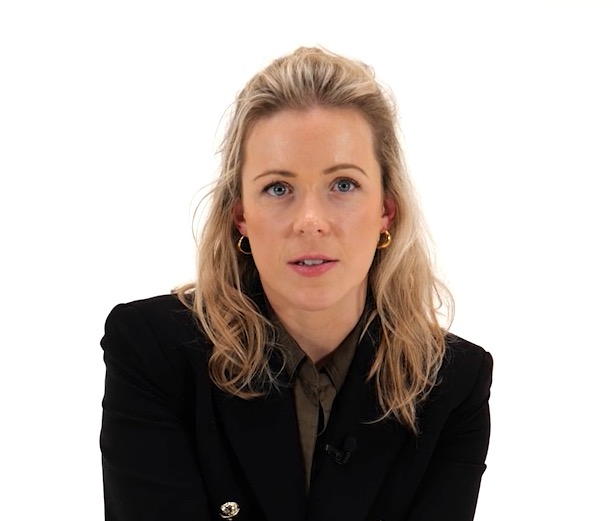
Lucinda Hagan
